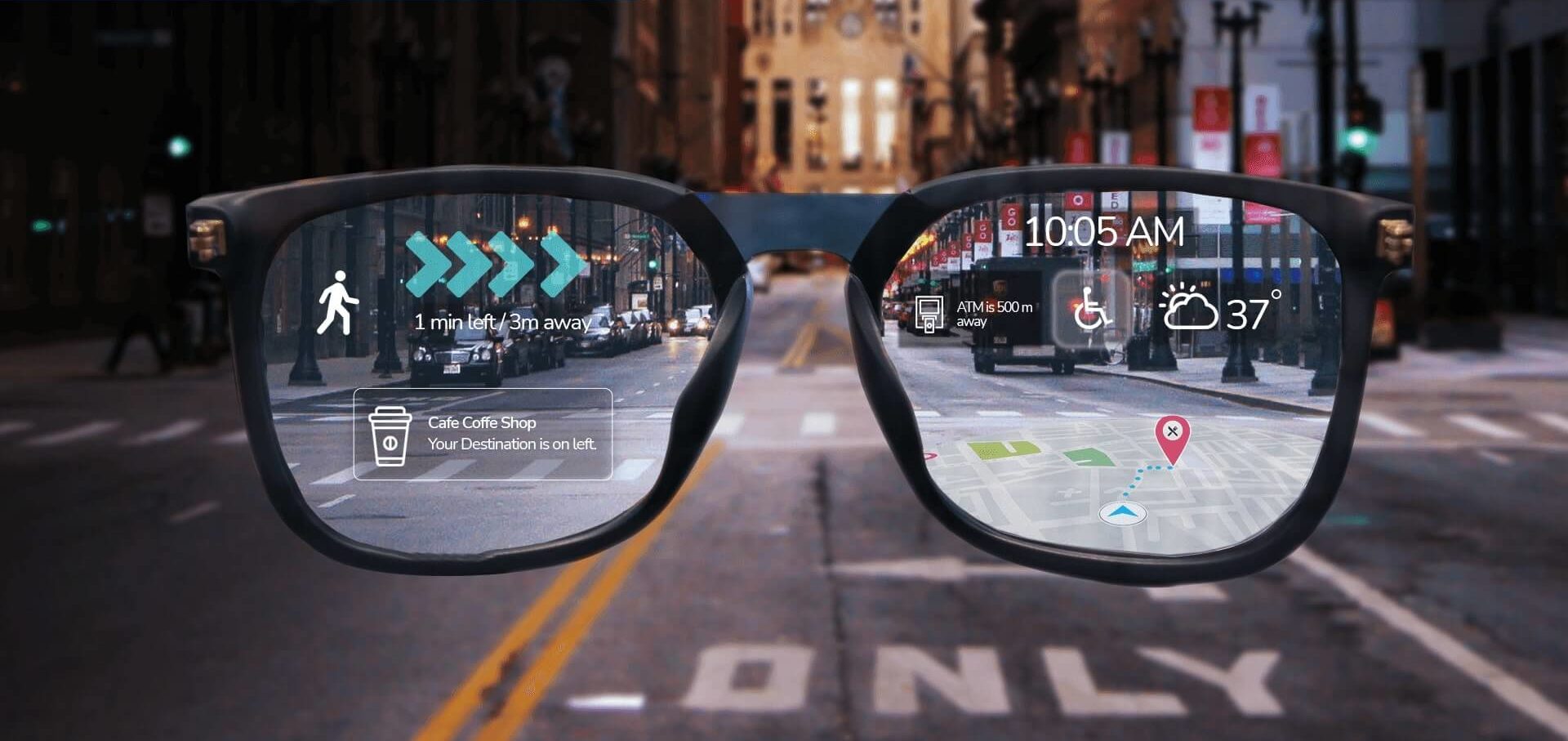The tech community has eagerly anticipated the debut of Apple Smartglasses, expected to deliver seamless augmented reality (AR) integration. However, recent developments indicate that these wearable AR devices may not hit the market for several years.
Apple’s Smartglasses are positioned as the next big leap in wearable technology, but their delay raises questions about the challenges of creating such advanced devices and their impact on Apple’s broader AR strategy.
Apple’s Journey Toward Wearable AR
The Apple Vision Pro represents Apple’s first significant step into mixed-reality devices. While primarily aimed at delivering immersive virtual and augmented reality experiences, the Vision Pro provides a glimpse of Apple’s future AR ambitions.
- Vision Pro offers spatial computing capabilities, merging the digital and physical worlds.
- It sets the stage for a future where lightweight AR wearables like Smartglasses could become mainstream.
Unlike the Vision Pro, Apple Smartglasses are expected to prioritize portability and everyday use. Their design aims to:
- Enhance on-the-go AR experiences, such as navigation and notifications.
- Integrate seamlessly with existing Apple products, including the iPhone.
- Deliver all-day battery life, a key requirement for consumer-friendly wearables.
Challenges Delaying Apple Smartglasses
Technological Barriers
Creating Smartglasses that balance performance, usability, and aesthetics poses significant engineering challenges:
- Battery Efficiency: AR devices demand high processing power, but compact wearables must accommodate small batteries.
- Display Technology: Developing high-resolution, transparent displays that function well in various lighting conditions is a complex task.
- Processing Power: Apple must design advanced chips capable of delivering AR experiences without overheating or draining power quickly.
Cost Considerations
The current state of AR technology makes it difficult to create Smartglasses that are both affordable and feature-rich. Early devices may come at a premium price, limiting mass-market appeal.
Regulatory and Privacy Concerns
Apple must navigate privacy issues, such as:
- Ensuring user data, including real-time video and location, is securely managed.
- Addressing concerns about Smartglasses inadvertently capturing private moments.
The Impact of Delayed Smartglasses on Apple’s AR Strategy
The delay provides Apple with an opportunity to refine its Vision Pro ecosystem, ensuring that:
- AR developers have time to create apps and services tailored to Apple’s vision.
- Users become familiar with AR experiences before transitioning to Smartglasses.
While the delay might frustrate some enthusiasts, Apple’s careful approach aligns with its reputation for delivering polished products. The Vision Pro serves as a bridge, keeping AR innovation in the spotlight until Smartglasses are ready.
Rival companies like Meta, Google, and Microsoft are making strides in AR hardware. Apple’s delay could allow competitors to gain traction, but it also gives Apple more time to analyze their strategies and refine its product.
Potential Features of Apple Smartglasses
Apple’s Smartglasses are expected to integrate seamlessly with the Apple network, offering:
- Notifications, calls, and navigation overlays connected to the iPhone.
- Apple Pay compatibility for touch-free transactions.
Unlike bulkier AR headsets, Smartglasses will likely prioritize lightweight materials and minimalistic aesthetics, making them suitable for daily wear.
The glasses may feature:
- Real-time object recognition and contextual overlays.
- Gesture-based controls powered by Apple’s custom chips.
What This Means for AR’s Future
Apple Smartglasses could redefine how users interact with technology, ushering in a hands-free future where AR replaces many traditional screen-based activities.
From healthcare to education and retail, AR Smartglasses have the potential to:
- Streamline remote collaboration and training.
- Enhance in-store shopping experiences with personalized recommendations.
By delaying the release, Apple can ensure the AR app ecosystem is robust at launch, attracting developers and delivering compelling use cases for Smartglasses.
Preparing for the Smartglasses Era
Building Consumer Trust
Apple must address potential privacy concerns by:
- Offering transparent data usage policies.
- Developing features like hardware-based camera indicators to reassure users.
Educating the Market
Apple can use the Vision Pro and other AR initiatives to:
- Introduce consumers to AR’s capabilities.
- Highlight how Smartglasses could complement their daily lives.
Focusing on Accessibility
Apple’s commitment to inclusivity should extend to Smartglasses, ensuring they are accessible to users with disabilities.
A Look Ahead
Timelines and Expectations
While Apple Smartglasses may be years away, incremental advancements in AR hardware, software, and developer tools will pave the way for their eventual release.
The Role of AI
Artificial intelligence will likely play a key role in Smartglasses, enabling smarter AR interactions through:
- Personalized notifications.
- Context-aware recommendations based on the user’s environment.
A Future Worth Waiting For
The delay in Apple Smartglasses underscores the challenges of creating truly revolutionary products. By prioritizing quality over speed, Apple ensures its Smartglasses will meet the high standards consumers expect.
As Apple continues to refine its AR vision through devices like the Vision Pro, the stage is set for Smartglasses to become the defining wearable of the future. Patience, it seems, will be rewarded with innovation that transforms how we see and interact with the world.







